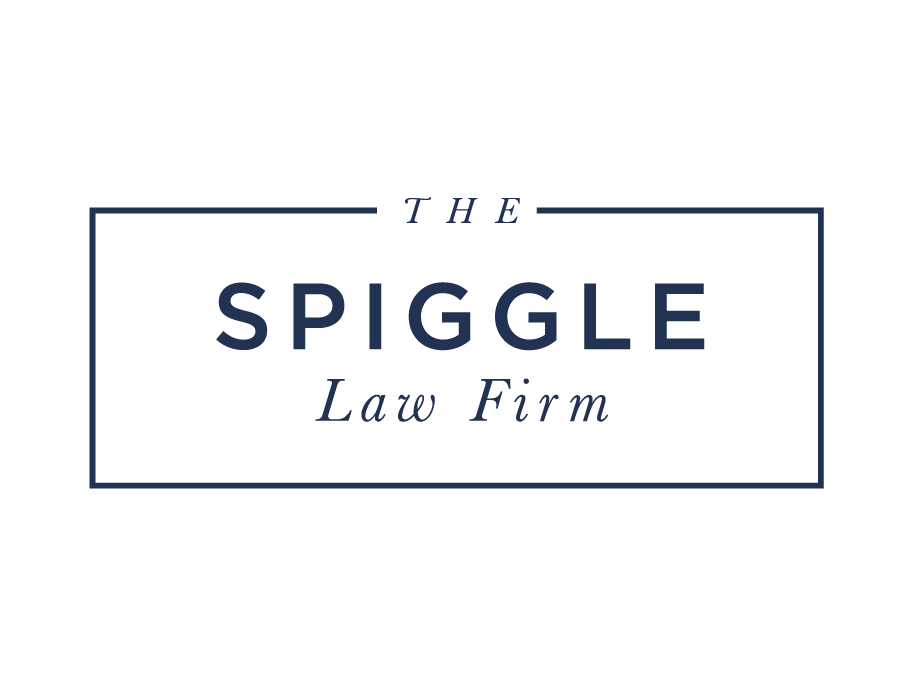How to Document Workplace Discrimination
Workplace discrimination complaints have surged nearly 9% since 2020, according to the latest data. Whatever form that discrimination takes, documenting instances of it can be vital to:
- Proving that workplace discrimination happened
- Establishing patterns of behavior or failures to intervene
- Helping the targets of workplace discrimination start to turn the tables and take a step to protect themselves.
Remember, every worker has certain rights, and that includes the right to a work environment that’s 100% free of discrimination. With that in mind, here’s a look at what it usually takes to document workplace discrimination effectively.
5 Steps to Document Workplace Discrimination
1. Keep Detailed Records.
Document every instance of discrimination. To do this:
- Create a written record: This “journal” can be handwritten and/or digital. Try your best to update it after any incident that feels discriminatory, harassing, or retaliatory in nature.
- Record specifics: For every entry, make sure to include the date, time, and location of each incident. Also, write a detailed description of what happened, doing your best to explain what led up to the event, what happened during it, and what you did afterward.
- Don’t forget about witnesses: As you create your records, be sure to include the names and positions of anyone who witnessed the event or could corroborate your account. Use direct quotes whenever possible, providing context. If anyone emails you about the incident, include the details of that exchange as part of your records.
2. Save Communications.
Retain copies of all emails, texts, notes, and/or memos that relate to any discriminatory incident. If workplace discrimination occurs over a phone call or in conversation, write a summary of what happened immediately afterward while it’s still fresh.
If your company uses digital communication tools, like Slack, Asana, or Microsoft Teams, consider saving screenshots of any relevant chats or conversations.
3. Review the Company’s Policies.
Read or reread any employee handbooks, guidance from human resources (HR), and/or employer policy books to familiarize yourself with your employer’s anti-discrimination policies and procedures.
Knowing the employer’s policies can highlight how to formally report discrimination within your company. It can also explain what the process involves, so you know what to expect as you proceed.
4. Formally Report the Discrimination.
File a formal complaint with your employer, following their procedures. Often, this involves:
- Writing a detailed report and/or completing certain forms provided by the employer
- Submitting the documents to the HR department or another designated authority at the company
- Sitting down for an interview with HR or another authority to discuss the incident
Keep a copy of any formal complaints you file with an employer, as well as any follow-up documents your employer sends or hands you. If you sit down for an interview with your employer, ask for a copy of the interview notes afterward, so you can keep those in your records too.
5. Find Out About Your Rights & Legal Options.
Filing a formal complaint with your employer may not resolve the issue or provide just outcomes.
By talking to a workplace discrimination attorney, you can get answers from an advocate who can explain your legal options, how to proceed, and what to expect if you do file a workplace discrimination claim. That can be invaluable when it’s time to fight back — and when you only have one chance to seek justice.
An Experienced Workplace Discrimination Lawyer Is Ready to Help You
Workplace discrimination can blindside you, but that doesn’t mean you have to accept it or let the perpetrators get away with their wrongdoings. Consulting with an experienced workplace discrimination lawyer at The Spiggle Law Firm can give you access to essential information about your rights and your best options for justice.
Call (202) 643-5974 or email us for a free, confidential consultation and more answers about a potential workplace discrimination claim.
At The Spiggle Law Firm, our 5-star lawyers represent clients in all types of workplace discrimination claims, providing strategic representation for cases involving pregnancy discrimination, age discrimination, gender discrimination, disability discrimination, race discrimination, and more.





